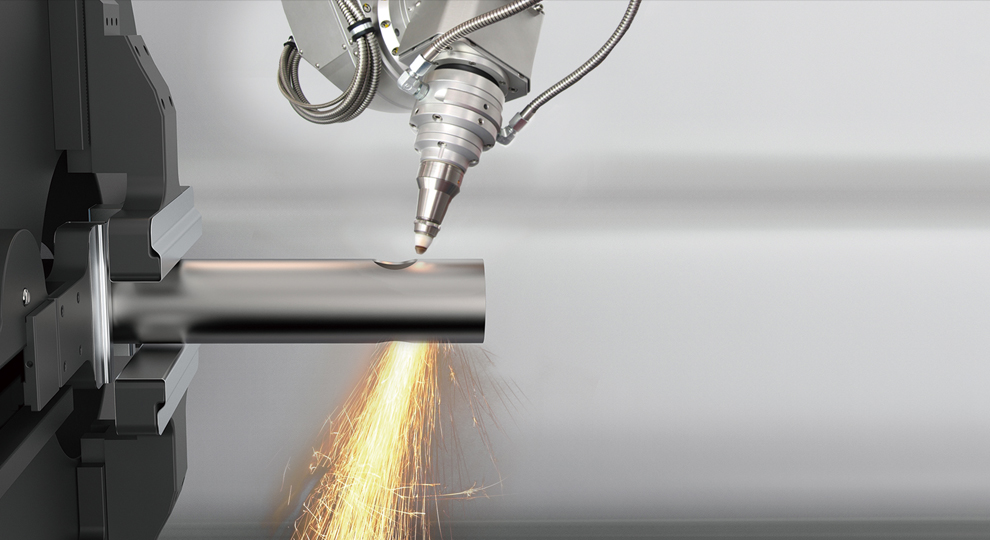When it comes to modern industrial manufacturing, finding the perfect cutting method can be daunting. Both plasma cutting and laser cutting offer unique advantages, but how do you know which one suits your needs best? In this article, we delve into the intricacies of these two methods.

The Technology Behind Cutting
Plasma Cutting
Plasma cutting employs ionized gas to melt and eject material from the cutting path. This method is renowned for its speed and ability to cut through thicker materials, making it popular in heavy industrial applications.
Laser Cutting
Laser cutting, on the other hand, uses concentrated light to achieve precision. It is well-suited for thinner materials and offers extremely clean cuts, which makes it ideal for detailed projects.
Cost Factors
Initial Investment
Laser cutting machines typically demand a higher initial investment than plasma cutters. However, the precision and reduced waste can justify the expense for certain applications.
Operational Costs
For everyday operations, plasma cutting might be the more economical choice. It often requires less maintenance and uses less expensive consumables compared to laser technology [Read more about cost efficiency](https://www.samaterials.com/top-5-methods-for-effective-metal-cutting.html) here.
Applications Across Industries
Metal Fabrication
Both methods are extensively used in metal fabrication. Depending on the project’s requirements, professionals might choose one over the other. For more insights on metal fabrication, check out this comprehensive guide.
Automotive Sector
In the automotive world, the balance of speed and precision is crucial. While plasma cutting is favored for chassis work, laser cutting can shine in intricate part creation.
Environmental Considerations
Energy Efficiency
Laser cutters often use more electricity but can be more efficient when precision is a priority. Conversely, plasma cutting might consume more resources when speed is emphasized.
Waste Reduction
Laser cutting typically produces less waste, thanks to its precise capability, reducing the need for post-processing, which is highlighted in metal cutting efficiency.
Comparing Speed and Precision
Cutting Speed
For tasks demanding rapid cuts, plasma cutting is unbeatable. However, this speed might come at a cost in terms of edge quality, pointing you back to the types of cutting methods available.
Precision
Laser cutting triumphs when intricate, precision-oriented tasks are necessary. If clarity and detail are prioritized, turning towards laser options can be beneficial.
Material Versatility
Diverse Applications
While plasma cutting tackles robust materials effortlessly, laser cutting might struggle. However, when dealing with intricate patterns on lighter materials, lasers are prevalent as highlighted in precision cutting.
Material Thickness
Plasma cutters shine with thicker, conductive materials, offering versatility across different metal types like steel alloys, stainless steel, and aluminum. This is further explored in domains like waterjet cutting.
Maintenance and Downtime
Regular Maintenance
Regular upkeep can differ between production needs. Plasma cutters generally require less frequent maintenance, whereas laser cutters might need more attention due to their sophisticated technology.
Common Challenges
Wear and Tear
Wear can heavily impact the effectiveness of blades and lenses. Proper maintenance is crucial to ensure longevity, as highlighted in the metal cutting techniques.
Emerging Trends
Hybrid Technologies
As technology progresses, we witness the integration of laser and plasma cutting functionalities, offering manufacturers versatile capabilities within one machine.
Making the Choice: Whats Best for You?
Personalized Needs
Ultimately, choosing between plasma cutting vs laser cutting relies on your specific needs. Consider factors like project nature, materials, and desired precision when making your decision.

FAQ Section
What is the main difference between laser cutting and plasma cutting?
The key difference lies in the cutting mechanism: plasma cutting uses ionized gas for cutting, while laser cutting employs a focused laser beam.
Which method is more suitable for thicker materials?
Plasma cutting is generally more efficient for cutting thicker materials due to its ability to handle substantial material thickness better.
Is laser cutting more precise than plasma cutting?
Yes, laser cutting tends to offer higher precision, especially for intricate cuts and cleaner edges.
This article contains affiliate links. We may earn a commission at no extra cost to you.

